
U.S. targets Chinese airlines with new rule
The Trump administration is taking a bold step that could shake up international air travel. A new proposal would block Chinese airlines from flying over Russian airspace on routes to and from the United States.
If approved, this move would lengthen popular routes like Beijing–New York and Shanghai–Los Angeles by two to three hours, marking one of the biggest changes in U.S.-China aviation in years.

The proposal behind the headlines
Announced on October 9, 2025, by the U.S. Department of Transportation (DOT), the rule targets seven major Chinese carriers, including Air China, China Eastern, and China Southern.
Officials say the measure aims to create fairness in global skies, arguing that Chinese airlines currently enjoy access advantages that American carriers lost after Russia’s 2022 airspace ban.

How Russia changed the flight map
When Russia invaded Ukraine in 2022, it barred U.S. and European airlines from its skies. But Chinese airlines kept flying through, cutting hours off routes to America.
That meant faster travel and lower fuel costs, a perk Western airlines could no longer enjoy, giving Chinese carriers a strong competitive edge.
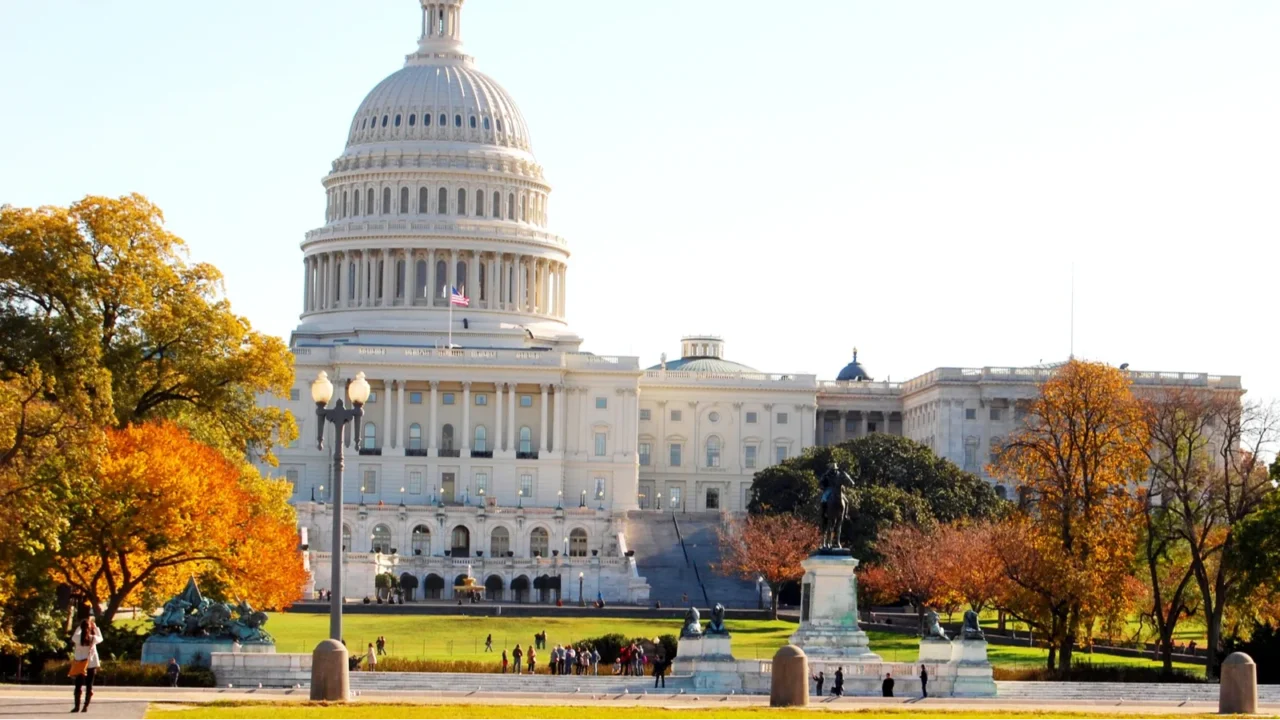
Why the U.S. is taking action now
American officials say the unequal access violates the U.S.-China Civil Air Transport Agreement, which calls for equal treatment between carriers.
The proposed rule aims to “level the playing field,” preventing Chinese airlines from profiting from shortcuts that U.S. carriers can’t legally use.
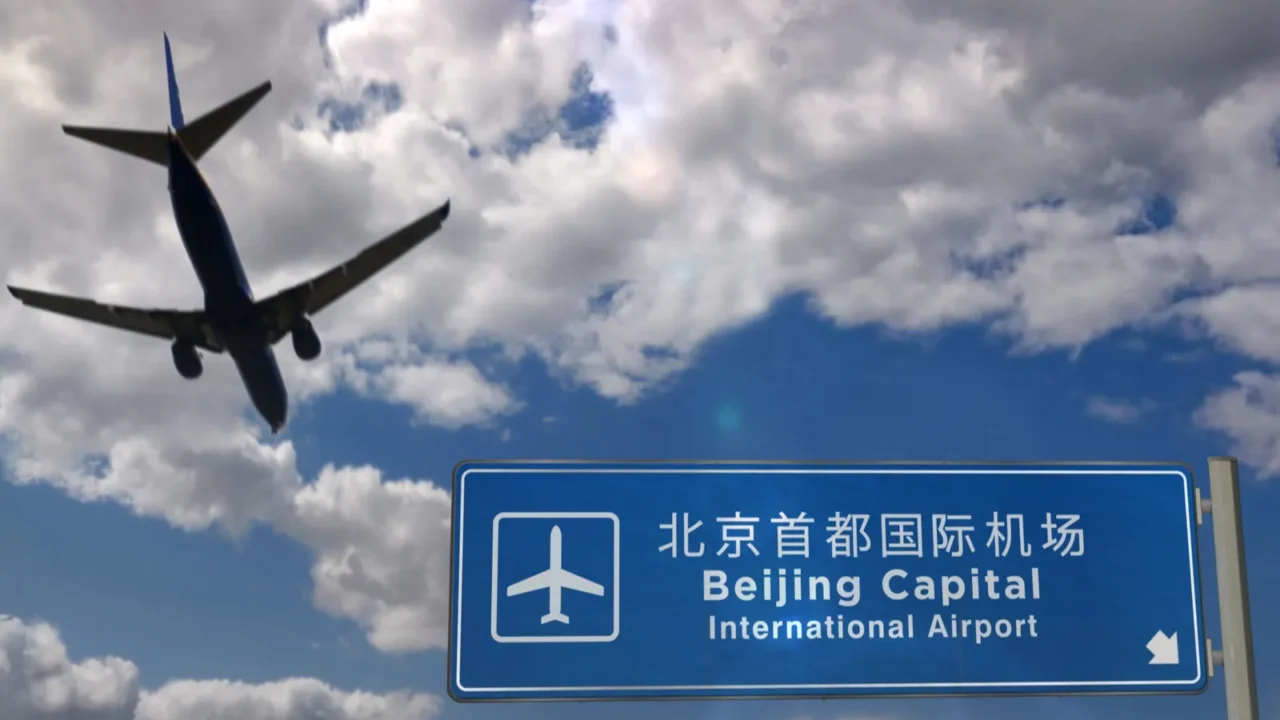
How much longer flights could get
If enforced, the new rule would extend flight times between China and the U.S. by up to three hours. A Beijing–New York trip that once took about 13 hours could now exceed 16.
That means higher fuel use, more carbon emissions, and costlier tickets, all of which could affect millions of passengers traveling across the Pacific.
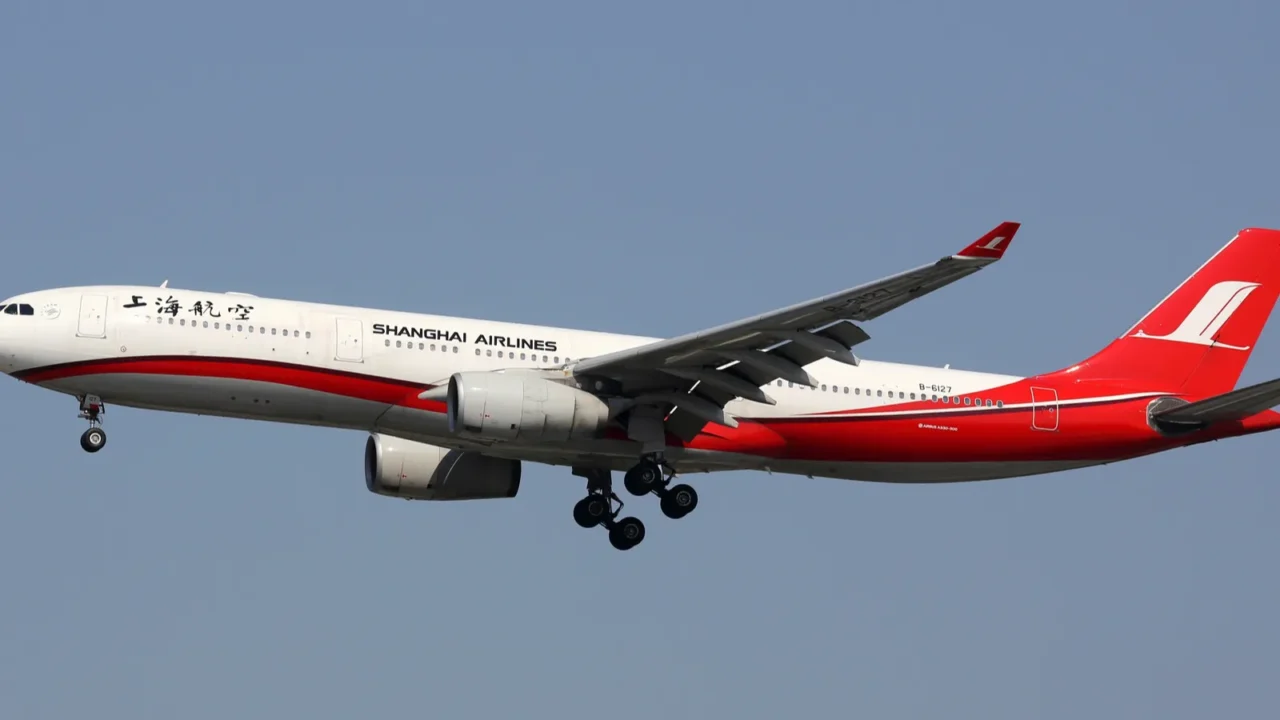
What Chinese airlines are saying
Chinese carriers are pushing back hard. Air China warned that more than 4,400 passengers could face delays or cancellations during the busy holiday months.
Other airlines, like China Eastern and China Southern, say longer routes would raise fuel costs and fares while hurting both passengers and the environment.
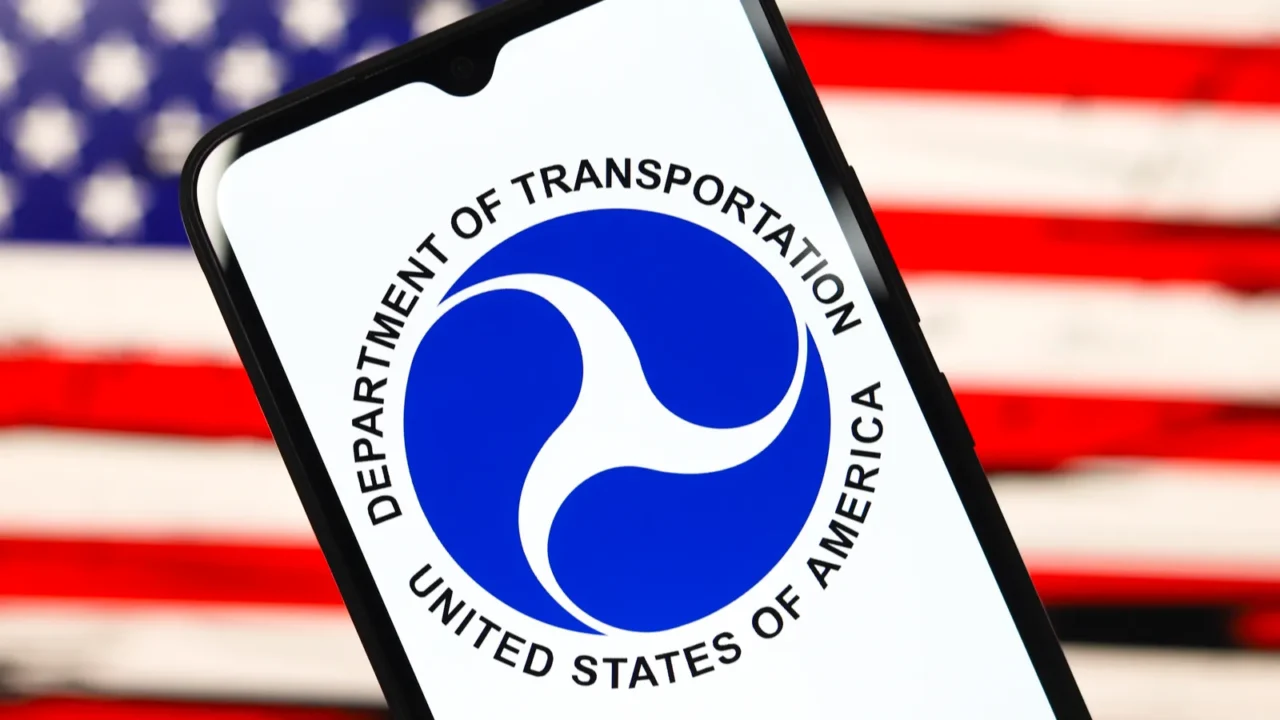
The U.S. response to objections
U.S. officials argue that the change is about fairness, not punishment. They say it’s unreasonable for Chinese airlines to continue saving hours and fuel while American carriers remain locked out of Russian skies.
The rule, if finalized, would take effect about 30 days after approval, giving airlines a short adjustment window. DOT representatives maintain that the policy aligns with international aviation standards and treaty obligations.
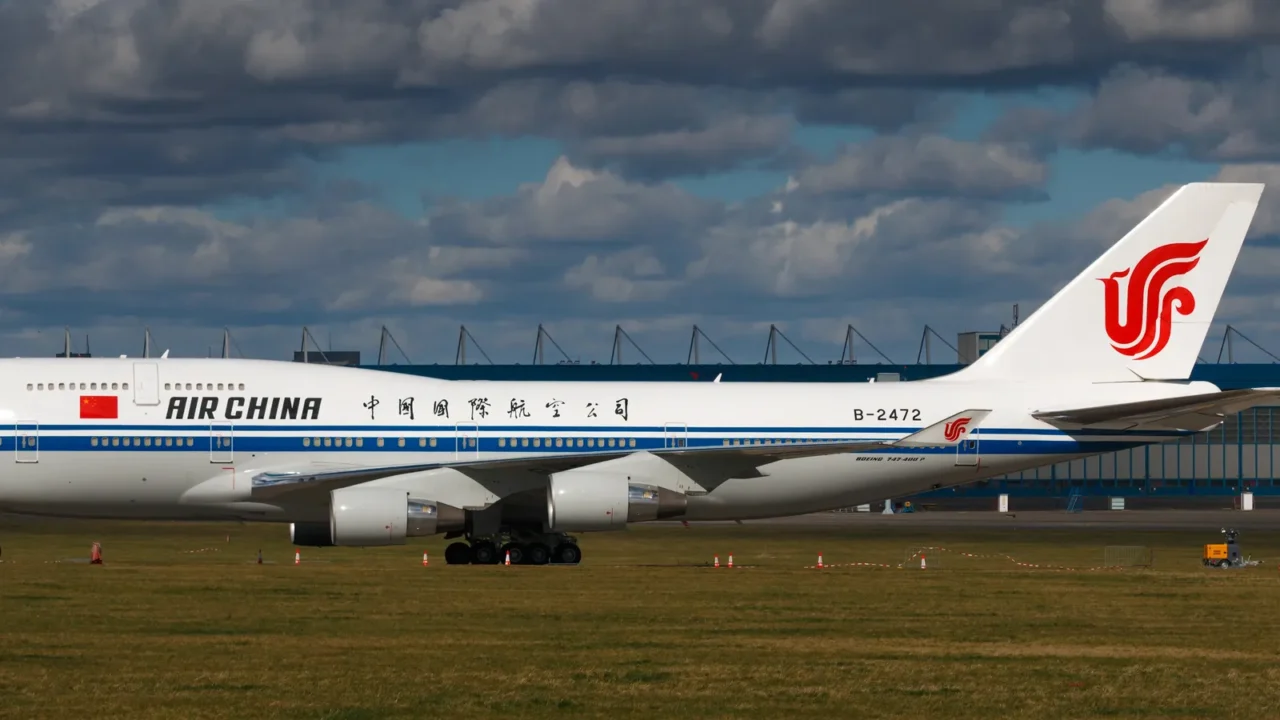
A closer look at who’s affected
Seven major Chinese passenger airlines would be hit: Air China, China Eastern, China Southern, Hainan Airlines, XiamenAir, Shenzhen Airlines, and Spring Airlines.
However, cargo carriers like Air China Cargo wouldn’t immediately be subject to the same restrictions under the proposed plan. Analysts say the cargo exemption may later be reviewed if tensions escalate further.
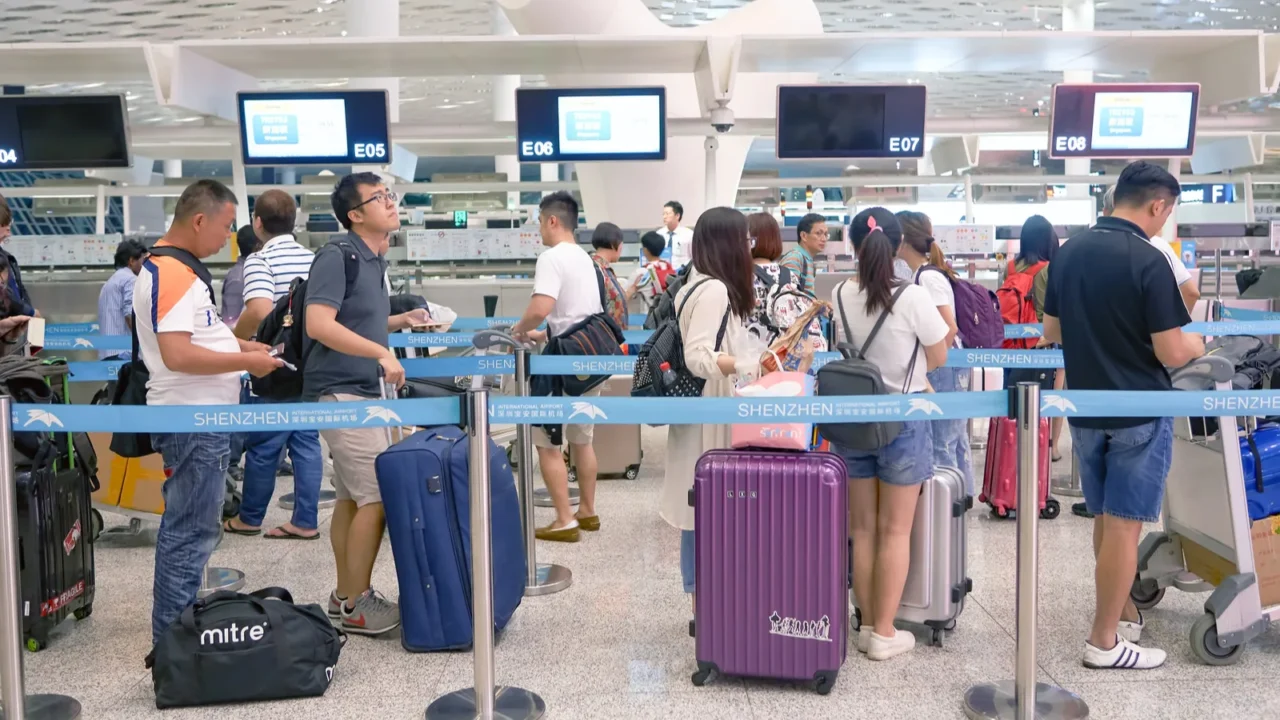
Holiday travel may get tougher
The timing adds stress for travelers. The new rule could disrupt peak holiday travel during Thanksgiving and Christmas, when demand for China–U.S. flights is highest.
Airlines have warned that rerouted flights could cause scheduling chaos, fewer available seats, and higher ticket prices during one of the busiest travel seasons. Travel agencies are already preparing to rebook passengers and adjust itineraries.
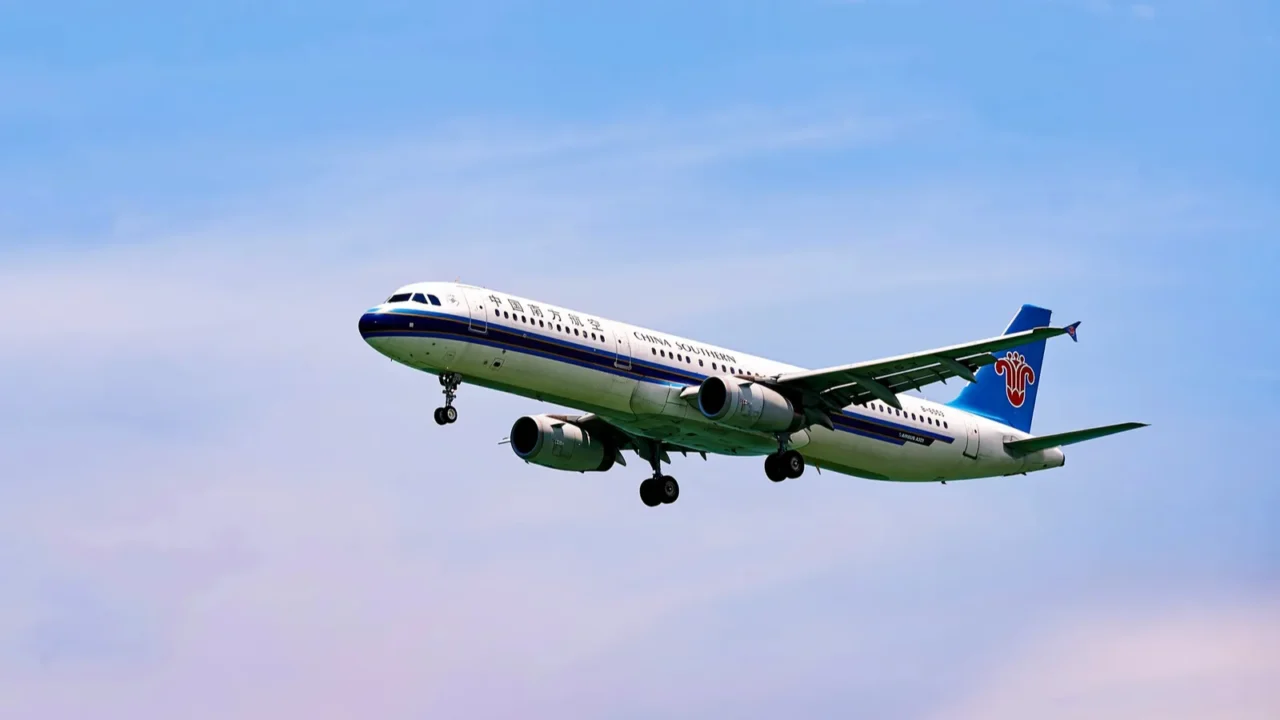
The longer routes ahead
Without access to Russian airspace, Chinese planes would have to fly over the Pacific or Arctic routes, adding thousands of miles.
This detour not only increases travel times but also adds significant costs to each flight, creating a ripple effect across airline schedules and ticket prices.
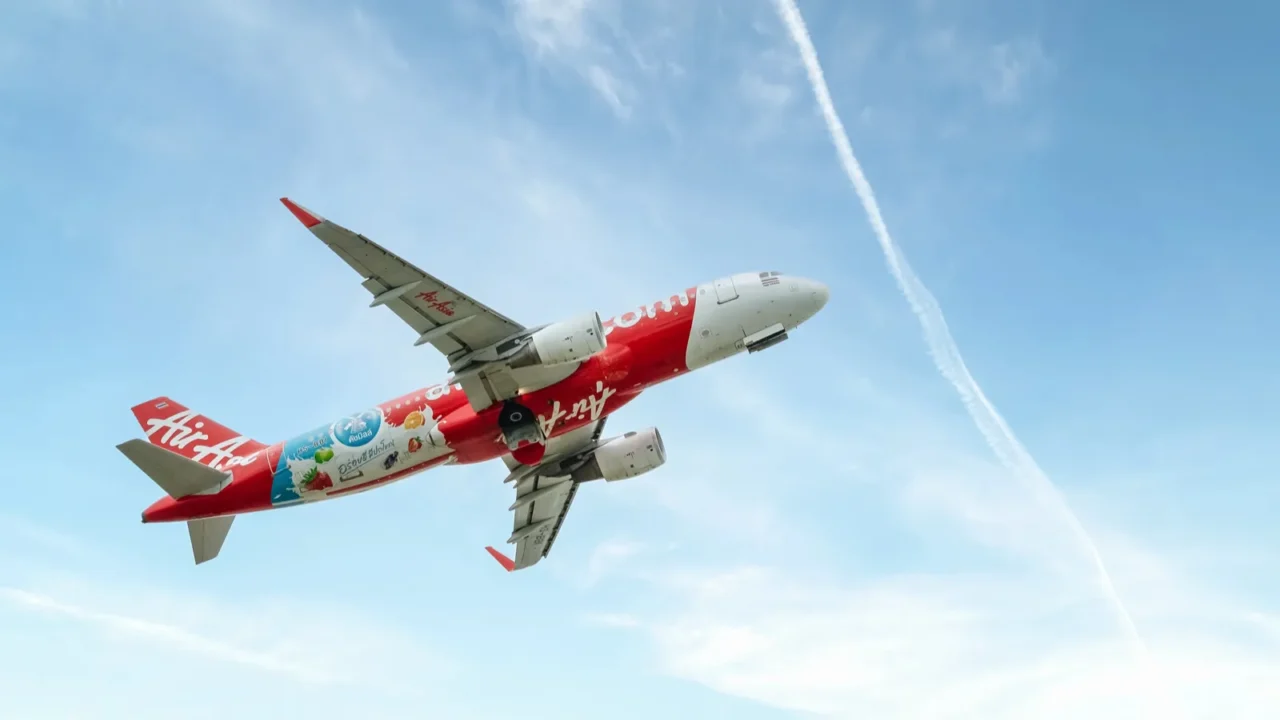
The environmental cost
Rerouted flights burn more fuel, meaning higher carbon emissions, an issue airlines say conflicts with global sustainability goals.
For long-haul routes, the added flight time could mean thousands of extra gallons of jet fuel burned per trip, straining both budgets and the environment. These additional emissions contribute to the growing challenge of reducing aviation’s carbon footprint, putting more pressure on airlines to find greener solutions.
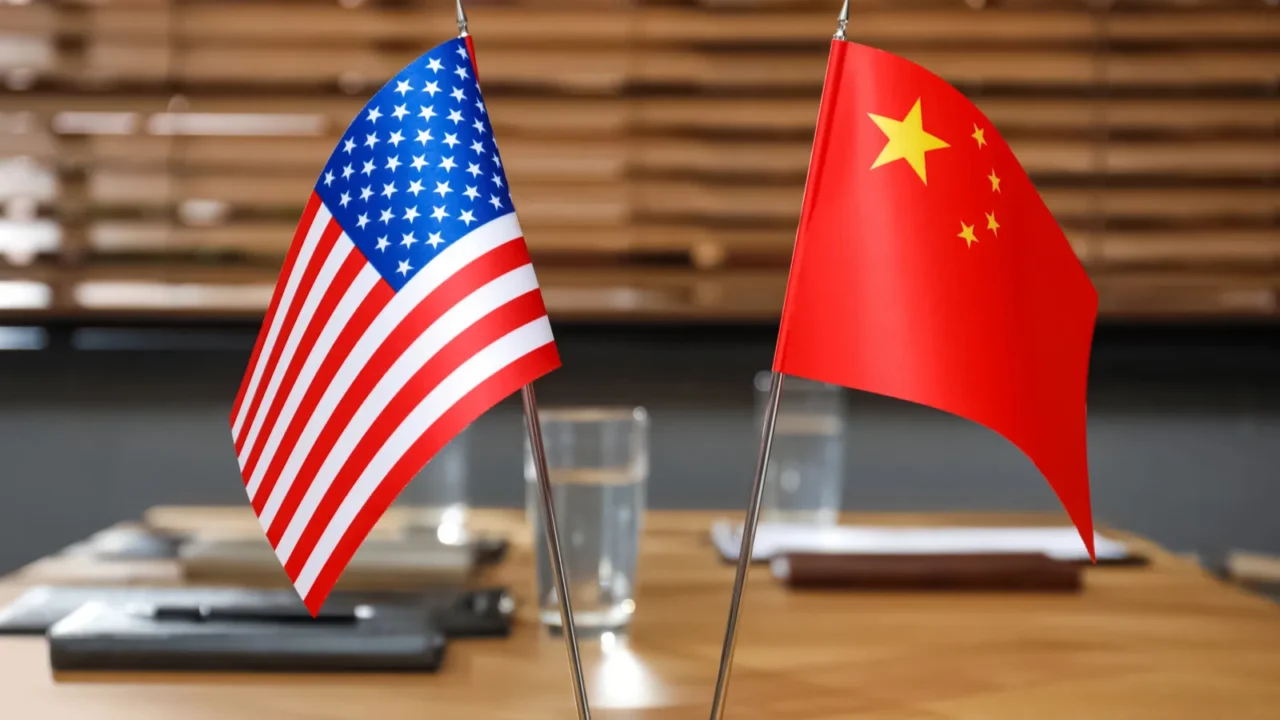
Tensions rise between Washington and Beijing
The proposed rule adds another layer to the ongoing U.S.-China tensions, already strained by trade disputes and technology bans.
It also arrives just weeks before planned diplomatic meetings, signaling a hardening stance by Washington on aviation fairness and national policy. The move coincides with Beijing’s new export restrictions on rare earth materials.
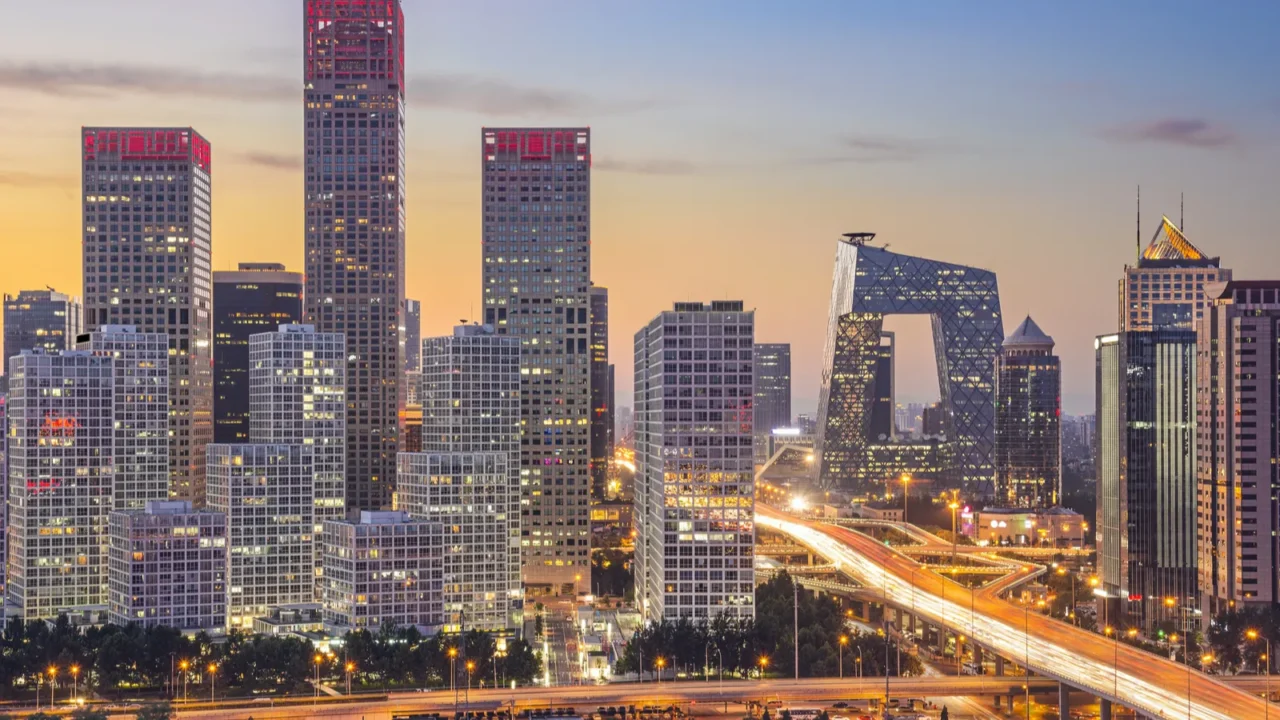
Beijing’s growing frustration
China has urged the U.S. to reconsider, saying the move undermines the spirit of cooperation in civil aviation. Officials in Beijing called it “unreasonable and politically motivated.”
Chinese media have framed the ban as part of broader U.S. efforts to limit China’s global reach, further intensifying public debate on both sides. State-run outlets suggest that countermeasures may be under review.

Economic ripples in both countries
Travel analysts say the proposed rule could affect business travel, tourism, and air cargo trade worth billions annually between the world’s two largest economies.
Airlines may try to offset the cost with higher fares or fewer flights, potentially limiting travel options for both American and Chinese passengers.

How American airlines fit into this
U.S. carriers like United, Delta, and American Airlines haven’t flown over Russia since 2022. Their longer, fuel-heavy routes have made competing with Chinese airlines difficult.
The DOT’s proposal is seen as a way to protect U.S. airlines that have faced unequal conditions on trans-Pacific routes for nearly three years. In other news, Air Canada announces return to key U.S. airports, making a big move just before the winter holidays.

What happens next
The DOT’s proposal will undergo a review and comment period before final approval. Industry groups and foreign governments are already lobbying for changes.
If passed, the final rule would likely take effect by late 2025 or early 2026, reshaping Asia–U.S. travel for years to come. Analysts expect ongoing negotiations to define the final form of the regulation.
Tension between the USA and China is not only restricted to politics; it is also affecting businesses. Find out why U.S. companies are rethinking trips to China in 2025.
Would longer flight times change how you plan future trips between the U.S. and Asia? Share your thoughts in the comments.
Read More From This Brand:
- 15 must-see spots for first-time travelers
- Best budget-friendly cities in Europe for 2025
- Top extravagant luxury hotels around the world
Don’t forget to follow us for more exclusive content right here on MSN.
This slideshow was made with AI assistance and human editing.